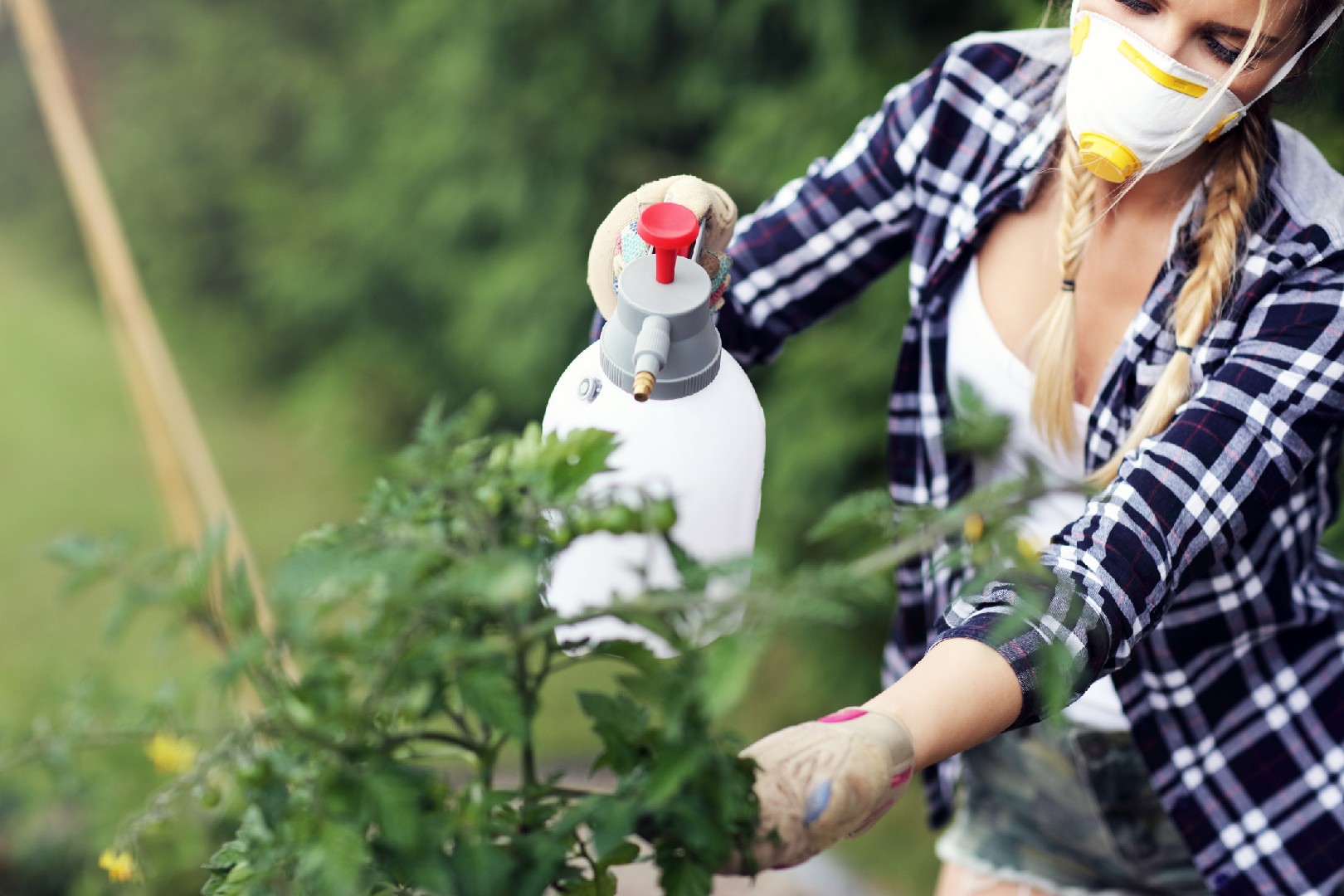![Rectangle]()
Barriers: The First Line of Defense in IPM
Barriers play a crucial role in Integrated Pest Management (IPM) by serving as the first line of defense against pests. They are physical structures or materials that prevent pests from entering or infesting an area, ultimately reducing the need for chemical treatments. In this section, we will explore the purpose and implementation of barriers in pest control, different types of barriers, and their specific uses in various IPM scenarios.
The primary purpose of barriers in IPM is to create a physical obstacle that pests cannot penetrate or bypass. By doing so, barriers can effectively prevent pests from gaining access to sensitive areas, such as crops, buildings, or storage facilities. Barrier techniques are particularly useful in agricultural settings, where protecting crops from insect pests is essential for maximizing yield and minimizing damage.
One common type of barrier used in IPM is the exclusion netting. Exclusion netting consists of a fine mesh material that is installed around crops or areas prone to pest infestation. The mesh size is carefully chosen to allow beneficial insects, such as pollinators, to pass through while keeping out pests. This type of barrier is highly effective against flying insects like aphids, leafhoppers, and moths.
Another effective barrier technique is the use of physical structures like fences, walls, or screens. These structures can be designed to prevent the entry of crawling pests like rodents, snails, or slugs. The construction materials and design of these structures play a vital role in their effectiveness. For example, fences that extend below ground level can deter burrowing pests, while mesh screens with small openings can keep out tiny insects.
When implementing barriers, it is essential to consider their environmental impact and sustainability. Some barriers, such as chemical-treated screens or nets, can have negative effects on non-target organisms and the environment. To ensure sustainability, it is crucial to choose barriers made from eco-friendly materials and minimize the use of chemicals.
In addition to their primary function of pest exclusion, barriers can have other benefits in IPM. For example, exclusion netting can also provide protection against adverse weather conditions, such as strong winds or hail. Physical structures like fences or walls can act as a barrier to prevent the spread of diseases or block the entry of larger pests like deer or birds.
In conclusion, barriers are an essential technique in IPM that provides the first line of defense against pests. By implementing barriers such as exclusion netting or physical structures, we can effectively prevent pests from entering sensitive areas. It is important to choose barriers that are eco-friendly and consider their broader impact on the environment. By mastering barrier techniques in IPM, we can reduce the reliance on chemical treatments and create sustainable pest management practices.





